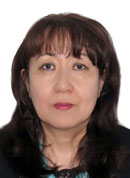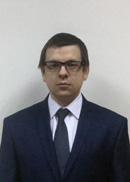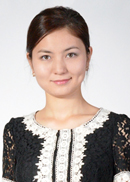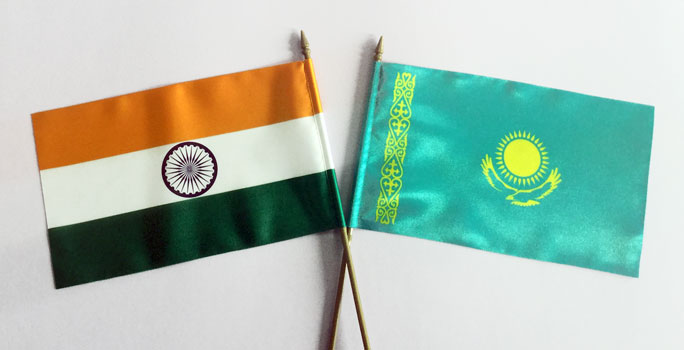NATO is currently undergoing a systemic crisis. A sufficiently powerful and well-functioning military machine is not clearly aware of its mission in the new geopolitical conditions of the 21st century.
It has long been noted that lifetime portraits of a person look completely different after his death. This idea involuntarily comes to mind at the news of the death of the American politician and thinker Z. Brzezinski, who has exerted enormous influence on world politics and on world political science. The death of such a person is not a reason for disparaging assessments, political malevolence or score-settling [1]; this is a cause for taking a fresh look at this person and his intellectual heritage, and also for thinking about ourselves and the modern world.

Deng Xiaoping’s concept of modernization, including the idea of “independent and autonomous foreign policy” has been the core of Chinese foreign policy doctrine for a long time. The main goal is the rapid economic growth of China. The strategic principle of “taoguan yanhui” (to keep a cool head and maintain a low profile. Never take the lead – but aim to do something big.) announced by Deng Xiaoping in the early 1990s determined the foreign policy of the PRC during the period of reforms and openness.

On May 19, 2017, 12th presidential elections were held in Iran. Incumbent President H.Rouhani won with a wide-margin: he received 57% (23 549 616) of votes and was re-elected for a second term. Main contender to H.Rouhani, E. Raisi took the second place, gaining 38,5% of votes (15 786 449). The other two candidates significantly lost to the leaders, and could not overcome the threshold of 500 000 votes. M.Mir-Salim and M.Hashemitaba gained 1,2% and 0,5% of votes (478 215 and 215 450), respectively. Owing to the high voter turnout (73%), the authorities had to extend the voting time several times. About 56 million people had the right to vote at the elections [1].

Most of the European Union member countries are members of NATO, thus, they are involved in the implementation of the cyber strategy of the North Atlantic bloc. At the same time, the European Union and its member countries are developing their own cyber strategy.

D.Trump’s withdrawal from the TPP predetermined thorough review of regional integration architecture and China’s role in the regional processes. Will China take the lead in the integration process within the framework of the TPP or actively promote negotiations aimed at establishing the RCEP?
By referring to the sharply complicated international situation and the growth of “aggressiveness” from the side of Russia, the administration of the 45th president D.Trump has headed for a revision of the national nuclear strategy and the modernization of the US strategic nuclear forces (SNF). To a large extent, D. Trump’s nuclear strategy is a continuation of the course of B.Obama, but there are also fundamental differences and innovations.

Approaches of George W. Bush and B. Obama to cyber security. In 2003 George W. Bush approved first “National Strategy to Secure Cyberspace” in the XXI century [1]. In 2006, the US Joint Chiefs of Staff adopted the doctrine of “Information Operations” [2]. In 2010, the Cyber Command was established in the USA [3].

On March 27-28, Iranian President Hassan Rouhani visited Moscow at the invitation of Russian President Vladimir Putin. Iranian Foreign Minister Mohammad Javad Zarif and Oil Minister Bijan Namdar Zanganeh accompanied the Iranian leader. On the first day of the visit, H.Rouhani met with Russian Prime Minister D.Medvedev, and visited Lomonosov Moscow State University, where he was awarded the title of Honorary Professor of the Moscow University [1].

The Islamic Republic of Iran (IRI) is the second largest economy in the Middle East after Saudi Arabia. In 2016, the country’s GDP was $412,3 billion [1]. GDP per capita is estimated at $5,900, which allows Iran to be included in the list of upper middle income countries. The IRI economy is mixed and transitional one with a leading industrial sector dominated by state-owned enterprises. Country receives main profit from the export of raw materials. The profit from oil exports is 30-35% of the country’s fiscal budget.

On March 13, 2017 an official visit of the management of the International Science Complex “Astana” to the Lomonosov Moscow State University (Moscow, Russia) was held.
On February 19, 2017 the 53rd Munich Security Conference concluded, the theme of which sounded like «Post-truth, post-West and post-order». Statements by politicians and experts in this forum give thought-provoking insights on the status and long-term prospects of modern international relations.

On February 28, 2017, senior Indian policymakers and experts visited the International Science Complex «Astana».
